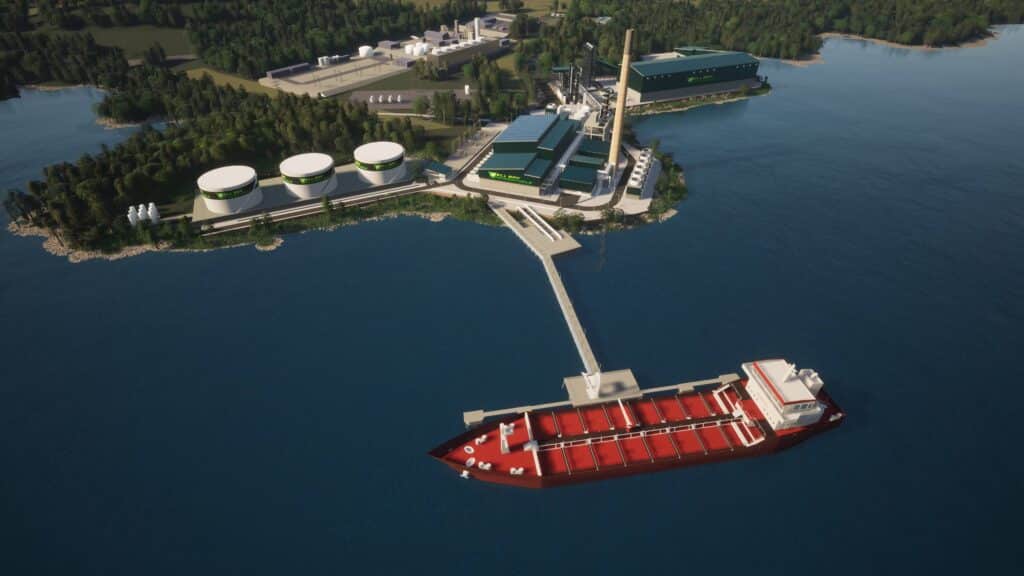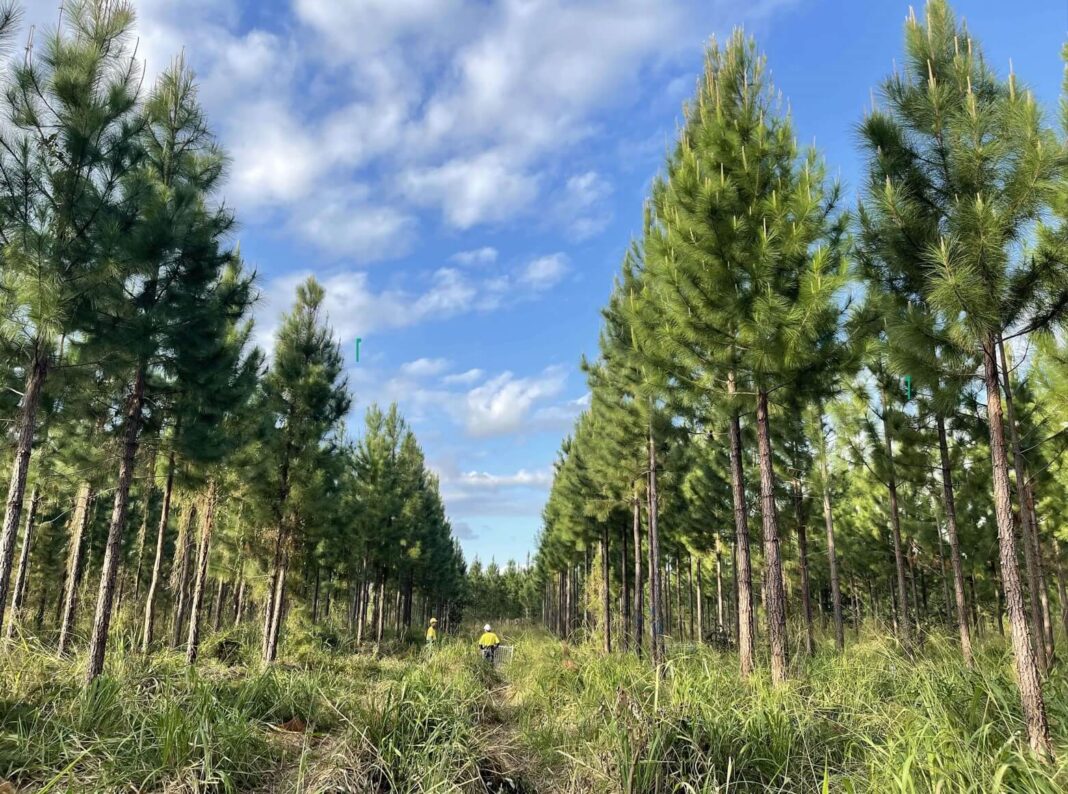With the NZ election just days away, the country’s forest carbon market is “looking shakey”, with Australia providing far greater stability.
That is according to NZ Institute of Forestry President James Treadwell, who told NZ-based Farmers Weekly that the ETS “has become a political football that seems to change on a whim.”
At a time when Canberra is investing in plantations to meet carbon targets, foresters are unhappy about hikes to registration fees and changes to the way the ETS functions.
Last month, Wood Central reported that the Hipkins Government’s ‘climate manifesto’ promises to set separate targets for gross emissions and carbon removals, develop a voluntary carbon market framework, and limit exotic afforestation.
And last week, the government accelerated changes that provided greater regulation over forest slash and limited exotic plantations. These changes have led NZ Maori to take the government to the High Court over its “prejudical” reforms to the ETS.
Whilst the NZ carbon market is floundering, Mr Treadwell said the Australian market is showing signs of improvement with changes to regulations making planting less onerous and restrictive.
This optimism led to global funds backing Forico – Australia’s largest hardwood plantation estate – with “unlimited resources” to drive carbon capture and renewables investment.

According to Mr Treadwell, “it’s only a matter of time” before the Australian Carbon Credit Unit (ACCU) could overtake the New Zealand market (NZUs).
Australia currently has 79 carbon project forests registered for 100,000 ACCUs, compared to NZ’s 3850, covering 12.4 million NZUs.
ACCUs are selling for AU $30 (or NZ $32) a unit, compared to NZUs at $65 per unit, with estimates indicating that they must reach AU $60 a unit to offer a strong investment incentive.
However, Mr Treadwell said a growing commitment by the Australian Government could drive improvements to the carbon markets.
In June, Wood Central reported that concern over using exotic forest plantations as carbon sinks prompted a review of forest types and ETS eligibility, while overseas investment rules previously encouraging a specific forestry investment have since been reversed, all within the past three years.
In addition, the recent announcement of hikes in ETS participation fees charged to foresters has the sector claiming a flight of capital already being experienced will only be accelerated.
The move to promote more forestry plantings has also been hastened by Australia’s decision to cease logging its native forests, recognised as some of the most carbon-dense in the world.
Data reported by the Australian National University has cessation of logging in Tasmania as the equivalent of removing 1.1 million cars off the road yearly.
“This also means there will be a growing need to import more timber in coming years, which could play to New Zealand’s advantage,” Mr Treadwell said.
Australia needs 1 billion new production trees planted by 2030 to ensure a supply of timber and fibre, and estimates are it could be short of framing for 250,000 houses by 2050.
Furthermore, Australia’s plantation estate is at its lowest level in over 20 years, with the Australian Forest Products Association leading the push to improve policy frameworks for plantation investment.
In July, the Albanese Government also followed through on its election promise to remove the controversial “water rule”, which, according to industry, creates greater certainty for long-rotation softwood and hardwood plantations.






